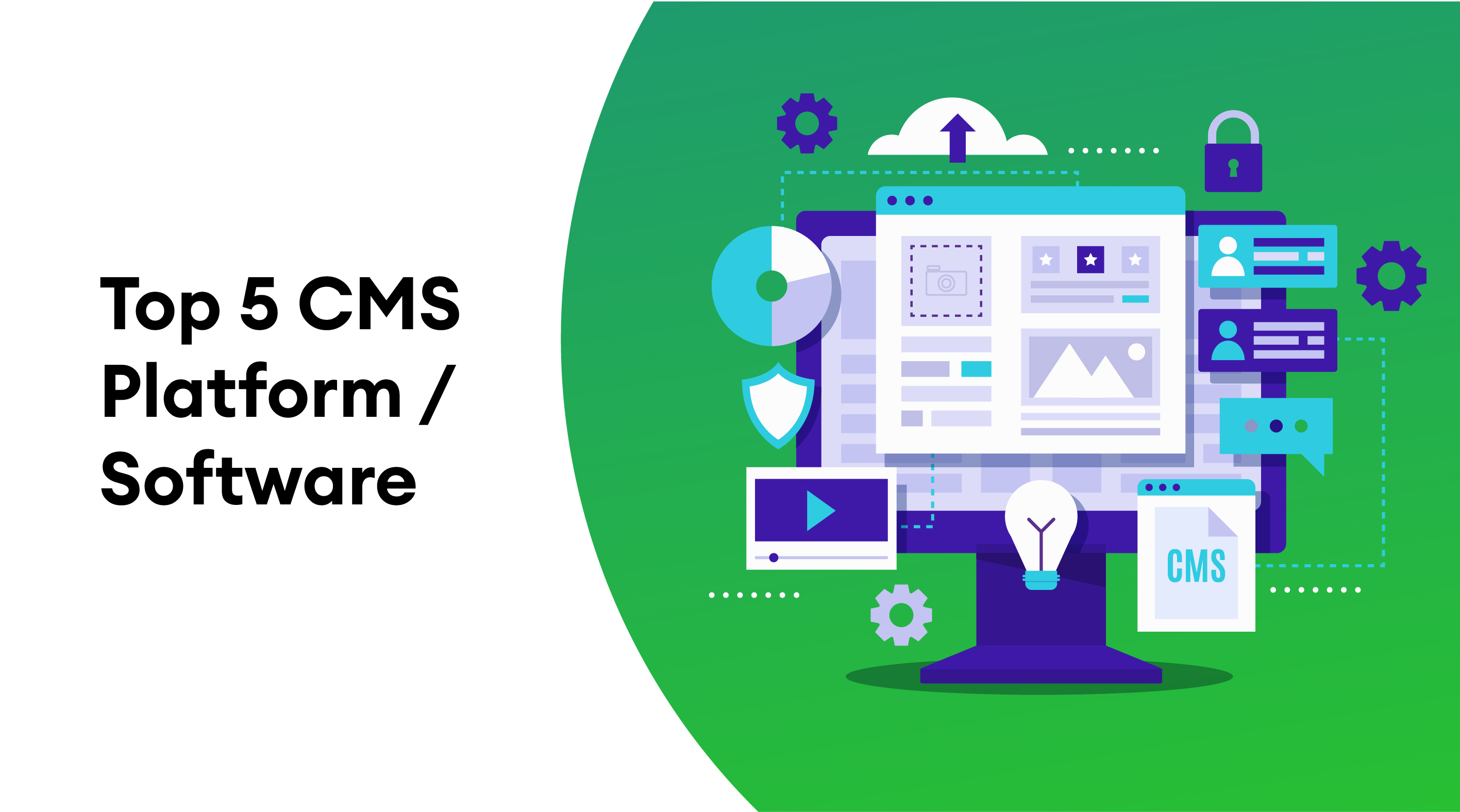What Is Contextual Advertising?
Contextual advertising is the practice of using the properties of host media to intelligently determine which ad content is most likely to reach a particular audience. Today, this usually means targeted advertising, such as digital apps and websites that link their audience with advertising messages based on the content presented. In today’s digital landscape, many practices enable advertisers to reach niche market groups through targeted advertising.
Where Are Contextual Advertisements Found?
Contextual ads are generally found in the following spaces.
-
Search Engines
-
Social Media
-
News Websites
-
Mobile Devices
-
Spontaneous Networks (Photo- or music- sharing applications)
-
Billboards (In combination with geofencing marketing)
How Contextual Advertising Works
The contextual ad system scans the site’s text for relevant keywords that help identify which ads are most likely to reach the site’s readership. Google Ads analyzes potential placements, and this analysis is critical to determine which sites are most relevant to the targeted setting. If the target keyword matches the central theme of a website or publication, the ad is placed. For this purpose, Google analyzes the website’s content, such as the title, title page, title label, and content.
For instance, you are running an ad to sell a new coffee brand aimed at the word ‘ethically produced coffee.’ This could be done through a contextual targeting ad network, where ads are segmented by parameters such as keywords and site themes. It can be an advertisement for a laptop or e-commerce site, or maybe for running shoes, any product/ service whatsoever.
When advertisers target context, they do so based on the environment in which the audience surfs, not just the ad itself’s content. To work, an advertising system needs to know what the campaign is about before it can place an ad on a relevant website. Contextual advertising involves targeting the platform’s demand-side that places ads on websites that meet these parameters.
The ad server can map data collected by crawlers to specific URLs and assign relevant campaigns to themes, categories, and keywords. Google Ads first determines which core topics are located on a website by analyzing the content. It works by providing web developers with JavaScript code that displays relevant ads from Google’s inventory to advertisers once added to their websites. Publishers and advertisers bid for the use of keywords in an auction conducted by the Context Advertising Company.
Once a specific topic is selected and coupled with the content on a website, ads can appear on relevant publications, blogs, and websites. It all starts with simply adding the target keyword and theme to the display network ad group. The content is then compared with the relevant content in the Context Advertising Company’s search engine inventory.
Importance of Contextual Advertising
For instance, websites that have pages that cannot be contextualized do not usually benefit from context-sensitive advertising. Marketers need to be aware of where they spend their online budgets and focus on improving their campaigns’ relevance. Make sure you use it to show relevant ads to the right people, not just the wrong people, and not just your target audience. The next step is to allow them to determine what content they want to display in their ads. Marketers want to know about harmful content that could tarnish their images, such as negative reviews or negative comments. When users see relevant advertising, it increases the likelihood of sales and positively impacts the overall image and reputation of the brand.
As a result, contextual targeting is essential for brands that want to ensure that every dollar spent on their campaign is a well-spent dollar. Placing ads in a context that reinforces a positive brand message enhances the campaign’s measurable value by ensuring that the message reaches the right users at the right time and immerses them in the desired response. The material surrounding the ad will reflect the brand’s values and feelings, and the content will make the material resonate.
Benefits of Contextual Advertising
Marketers making use of contextual advertising enjoy several advantages. Some of the benefits of contextual advertising are as follows.
- Budget-Friendly
Contextual marketing does not require considerable investment for implementation. Brands only need to have the right data to improve the context of their Communications. For this, brands usually collect and retrieve customer data with the help of CRM tools. There are numerous CRM options available in the market, and each at different price points. This helps small businesses as they can find a solution that fits within their budget.
 Based on Targeting
Based on Targeting
Contextual marketing helps businesses as it utilizes advanced behavioral targeting. This allows marketers to focus on specific behavior and demographics to target their prospects accordingly during the purchasing decision. This targeting of prospects increases brand awareness, engagement, and recall.
- Unique Experience
Since contextual advertising is uber-personalized, marketing communication is strategically positioned and sent to the audience at appropriate times. Contextual marketing allows brands to provide solutions to prospects while they are still thinking about it. This marketing method does not bombard the prospect with messages that they do not need but send only the message they need, and at the time they need it.
Marketers that improve the context of their campaigns ensure that each prospect is adequately attended to. This increases the trust in customers for the brand and eases the process of making a purchase.
- Enhanced Engagement
As contextual marketing aims to increase interaction with customers by predicting their requirements, it serves as a platform for engagement. Marketers are offered the chance to place their brand and products/ services in front of prospects and encourage participation in brand communication. The more engagement with the prospect, the greater the chances of conversion, retention, and brand advocates’ creation.
 Preferred by Customers
Preferred by Customers
Despite the general idea that customers do not like being subject to marketing campaigns, contextual marketing is welcomed by prospects and target audiences. People generally do not like being interrupted; however, if they face a particular problem and solution presents itself to them, they would rather be happy about it. Although contextual marketing is advertising to prospects, it is not seen as an advertisement and instead taken to solve the prospect’s problem.
- Better ROI
Due to the nature of contextual advertising, with the ads being specifically targeted, personalized, and strategically positioned, conversion rates are higher, and revenue increases. Contextual advertising provides brands with a much better ROI than traditional mass-marketing efforts, which involve the targeting of the general public instead of a particular segment.
Examples
- 16Handles

Image as seen on Adage
A soft-serve yogurt chain in the USA utilized contextual marketing after finding out that their target market is 16- to 25-year-olds who use Snapchat. 16Handles launched a contextual marketing campaign asking users to share a photo of themselves at a 16Handles location and send it to their handle. These users were then sent discount coupons from 16 to 100% off on their products. They also used Snapchat’s time-based message viewing, which allowed a 10-second window to view the message and show it to the cashier.
By doing this, 16Handles did not directly gain new customers but rewarded the present customers at their stores. This increases customer satisfaction, loyalty, and retention and associates an element of fun.
- Johnson & Johnson

Image: Clean & Clear, a Johnson & Johnson product as seen on CNBC
To improve engagement, Johnson & Johnson utilized contextual marketing by reaching out to their target audience: teenage girls. The audience was determined as teenage girls were found to spend the most time online chatting with friends. Johnson & Johnson targeted these teens via existing teenage community sites and sent them shareable e-postcards that offered free skin analysis and Clean & Clear product samples.
The campaign allowed girls to refer it to as many friends as possible, thus making it viral. This enabled Johnson & Johnson to position their product according to the audience’s preference. Here, contextual advertising significantly increased customer engagement and ROI.
Conclusion
When done right, this efficient marketing method does not come across as interruptive and irritating. Instead, it is conceived as relevant and helps the prospect solve their problems via your company’s product/ service. The level of personalization in contextual advertising is high, contributing to marketing communication that is specific to each prospect. Contextual advertising provides brands with an easy ticket to successful marketing campaigns and creates positive user experiences that increase customer loyalty and retention.







